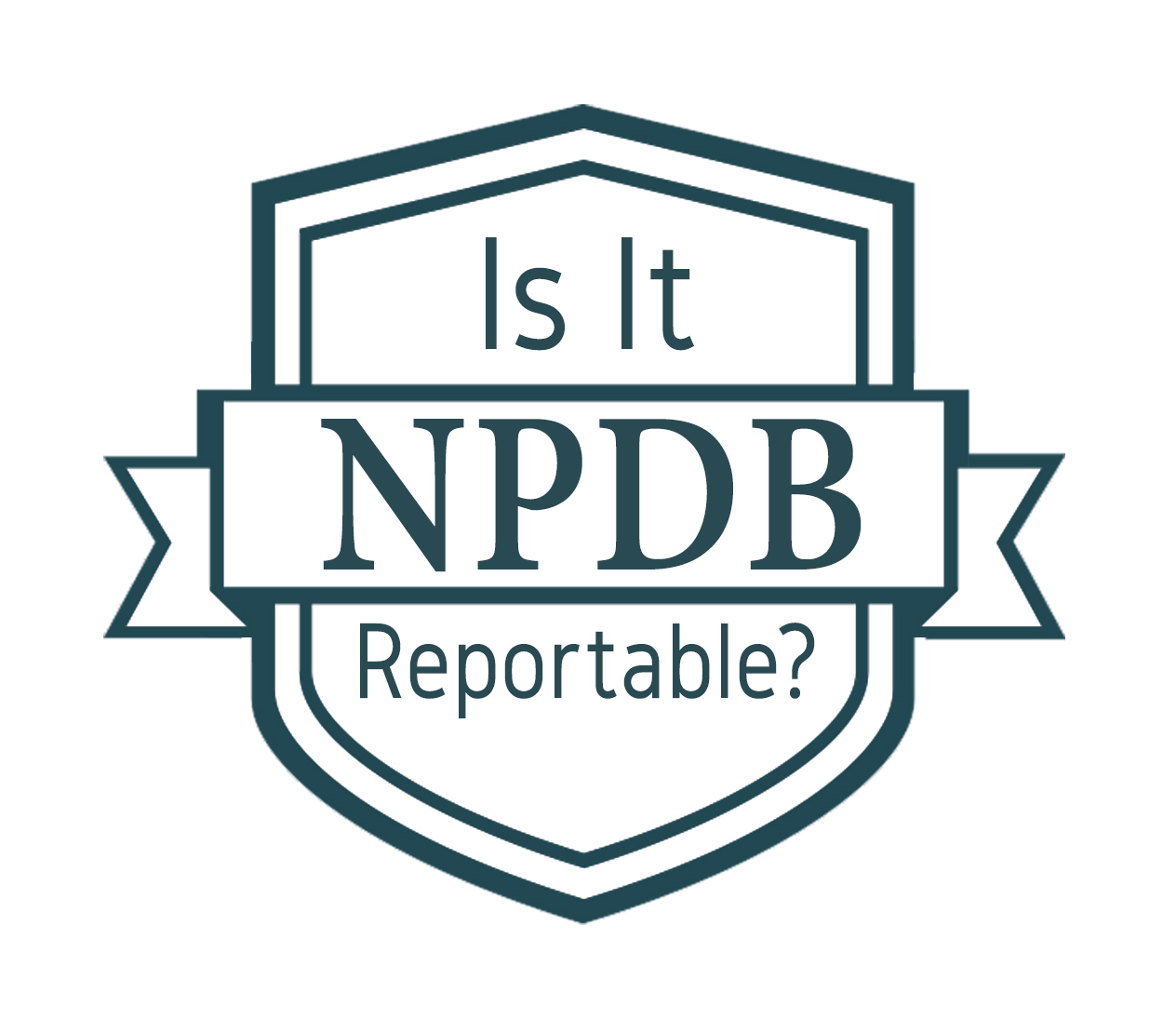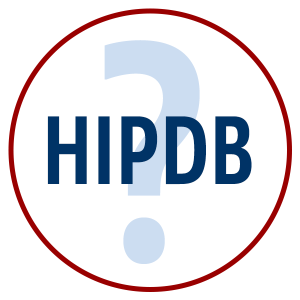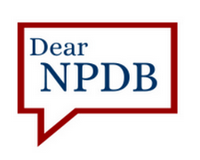NPDB Insights - August 2024

Is It Reportable?
The hospital where a physician held clinical privileges as a surgeon initiated an investigation and suspended her privileges after receiving a complaint against the surgeon from a patient. Two weeks later, the hospital offered the surgeon the option of returning to work if she agreed to certain restrictions on her privileges. The surgeon chose not to accept the offer and, instead, resigned her clinical privileges. After the surgeon resigned, the hospital submitted a report to the NPDB indicating the surgeon resigned while under investigation. The surgeon contended that the investigation was over as evidenced by the hospital’s offer to let her return to work. Is the surgeon correct?
No. An investigation is considered ongoing until the health care entity’s decision-making authority takes a final action or formally closes the investigation. In this situation, the hospital had not taken a final action or formally closed the investigation. Therefore, for purposes of NPDB reporting, the investigation was still ongoing at the time of the resignation.

Continuous Query, Certified Self-Queries Provide State Boards Good Options for Reviewing Practitioners
Check Out Continuous Query!
We encourage all state boards to use Continuous Query for the fastest, most up to date, and secure querying experience. Continuous Query keeps you informed about your enrolled practitioners 24 hours a day, 365 days a year. Unlike One-Time Query, where you are only made aware of reports on an individual when you submit a new query, Continuous Query sends you email notifications within 24 hours of receiving an NPDB report.
Self-Queries
While the NPDB encourages all state boards to query on practitioners. If boards need applicants or licensed professionals to submit a Self-Query response, a certified digital Self-Query is the best option.
A certified Self-Query response is a PDF that ensures the Self-Query is exactly as it was issued by the NPDB. Certified PDFs viewed with Adobe Acrobat Reader display a certification that the file has not been altered after it was created. If any content has been altered, an error message is displayed. Printed copies of Self-Query responses are not certified.
There are many advantages to accepting digitally certified Self-Query responses as opposed to mailed paper copies:
- The NPDB cannot ensure that a paper Self-Query has not been tampered with, but with a certified PDF, we can detect if the certified Self-Query response has been altered. With a digital Self-Query, if the file is altered after it is issued by the NPDB, the certification is removed. It is harder to detect when a paper copy has been tampered with.
- Delivery of a paper copy is delayed because it is sent to the subject by postal mail, then they send the envelope to you. The digital Self-Query response file is available in minutes, and the recipient can quickly forward it to you electronically.
- Certified Self-Queries are paperless and eco-friendly, so there is no need to process and store paper responses.
- Starting in October 2024, mailed Self-Queries will be sent by Certified Mail, which requires a signature upon delivery. If no one is available to sign, it may take additional time for them to receive their Self-Query response.
- Paper responses will cost practitioners more money. In October 2024, the price of mailed Self-Queries will be increasing for your practitioners due to the Certified Mail requirement. Help them save money today by accepting certified Self-Queries.
For faster, more secure, and eco-friendly operations, we encourage all state boards to accept digitally certified Self-Query responses.
Have questions about certified digital Self-Queries? See these FAQs:
- Why can't I see the certification information when I open the Self-Query response file?
- What are the benefits of a digitally certified Self-Query response?
- How do I get my digitally certified Self-Query response?
- What if a licensing board is asking for paper Self-Query?

What Happened to the HIPDB?
In May 2013, the HIPDB and NPDB were merged into one data bank. Why did it happen?
In 1986, Congress created the National Practitioner Data Bank as a workforce tool to help prevent practitioners from moving state to state without disclosure or discovery of previous damaging performance.
Ten years later, in 1996, Congress established a second data system, the Healthcare Integrity and Protection Data Bank, or HIPDB, to help combat health care fraud and abuse in the U.S.
Due to similar missions, there was considerable overlap between the NPDB and HIPDB, and in March 2010 Congress passed Section 6403 of the Patient Protection and Affordable Care Act. In May 2013, the NPDB's parent organization, the Health Resources and Services Administration, merged the two data banks into one. All reports and data previously held in the HIPDB are now in the NPDB.
Today, the NPDB contains more than 1.8 million reports and provided more than 12.5 million query responses in 2023 alone, all with the mission of improving the quality of health care in the U.S.
Because the HIPDB no longer exists, we encourage all state boards to remove references to the HIPDB from their NPDB Self-Query instructions, websites, and other materials. Visit our HIPDB archive for historical information pertaining to the HIPDB.

Dear NPDB
When is a summary suspension of clinical privileges reported?
A clinical privileges summary suspension is the immediate suspension of clinical privileges or panel membership, based on a concern that a practitioner may pose an imminent threat to the health, safety, or welfare of the patient population, requiring a rapid emergency response by the health care entity. In general, an emergency summary suspension is an emergency temporary action pending a full investigation of allegations or concerns, culminating in a professional review action.
A summary suspension may be imposed by an individual (such as a department chair) or by a committee of the health care entity, and it is reviewed and confirmed by the entity’s decision-making body as authorized by medical staff bylaws or other official policies or procedures set forth by the health care entity. Summary suspensions are considered final when they become professional review actions through the action of an authorized committee or body of a hospital, health plan, or other authorized reporting entity.
An action must be reported to the NPDB based on whether it satisfies NPDB reporting requirements, not based on the name affixed to the action. Any suspension or restriction (whether it is called immediate, summary, emergency, precautionary, etc.) typically means that a serious question has been raised regarding whether a practitioner’s competency or conduct is a threat to the patient population’s health, safety, or welfare and must be addressed quickly.
If a hospital or other health care entity suspects but has not confirmed a risk to an individual or individuals and imposes a suspension or restriction as immediate or precautionary, and the suspension remains in effect for more than 30 days, it must be reported to the NPDB. If a summary suspension is expected to last more than 30 days and is otherwise reportable, it may be reported to the NPDB immediately. If a summary suspension is reported to us but does not last more than 30 days, the NPDB report should be voided. This reporting policy is in keeping with the purpose of the NPDB, which is to protect the public from the threat of incompetent practitioners continuing to practice without disclosure or discovery of previous damaging or incompetent performance.
For more information about reporting summary suspensions, visit the Summary Suspensions section of the NPDB Guidebook.
The latest updates and resources are available at https://www.npdb.hrsa.gov.
Previous editions of NPDB Insights are available in our archive.
 An official website of the United States government.
An official website of the United States government.

